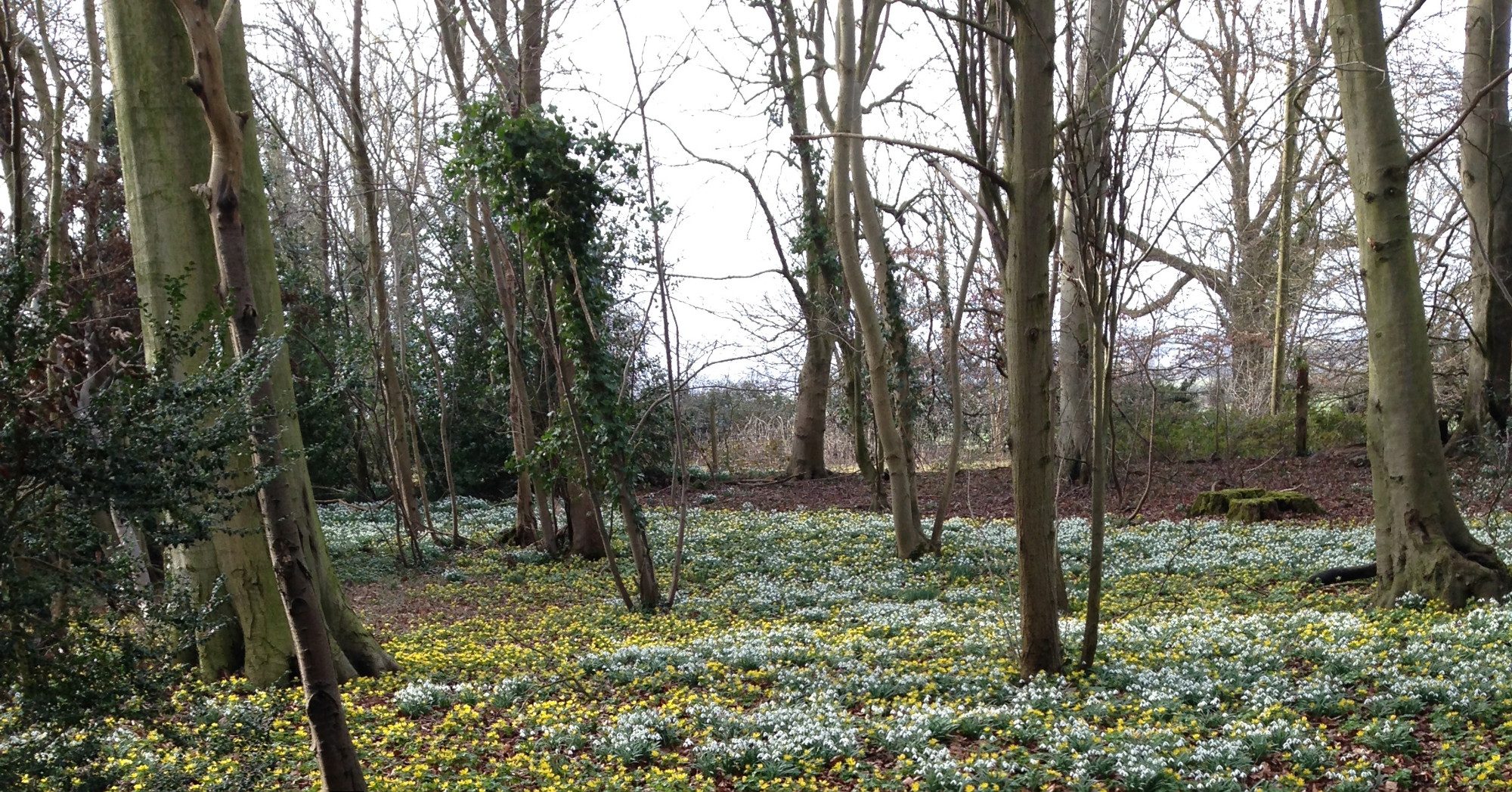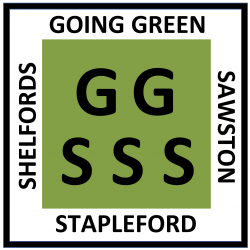The 2G3S book group met on 30th May to discuss this book, which is a first person account of the author’s attempts to see ten different species that are native to the UK but threatened with extinction here primarily due to changing climate and loss of habitat.
We found the author’s style took a bit of getting used to. Sophie is rather younger than several of us, who were bemused that she felt a footnote was necessary to explain what the RSPB stood for, whilst we had to Google some of her references to popular culture. We thought the book would be best suited to a younger audience, and we hope it does succeed in bringing the issues at hand to the attention of a different demographic than the majority of readers of books on nature who (we believe) tend to be in the 50+ age group. We were also a bit dubious on the accuracy of some quoted statistics on, for example, carbon sequestration, and lack of consistency in presenting such numbers. This is in strong contrast to our last read, Regenesis by George Monbiot, which is a very serious work with a meticulous and substantial list of references, and is different again to other books documenting lockdown journeys such as Simon Parker’s Riding Out.
Such comparisons are unfair perhaps, as Forget me Not is a travelogue first and foremost, and as such does provide an honest and entertaining description of Sophie’s journeys to the various destinations, striving to be as low-carbon as possible in choice of transport, and her adventures during her (not always successful) attempts to actually see the target species.
The rationale behind some of her choices of target species was not clear to us. In particular, the Merlin is known to be difficult to spot even for experienced naturalists. (In fact, this species is harder to find on the internet than you might suppose, because Merlin is also the name of a smartphone app which dominates the search results. This app will identify a bird from its song – one of us has successfully used it “in the field”). None of her journeys took her anywhere near our area of the country, but it was suggested that Norfolk’s swallowtail butterfly would be a worthy challenge closer to here.
For me personally the book brought back happy memories of cycle rides and walking holidays in some of the locations she visited, and a determination to add the Lynn peninsula to my list of future trips. It was here that she encountered seagrass and the attempts that are under way to understand its huge potential as a carbon sink, prevent its future loss, and restore lost seagrass meadows by painstakingly harvesting seeds underwater, growing them as seedlings in the lab, and replanting them underwater.
Here is a link to a series of articles in the Guardian about this and other aspects of what is called Blue Carbon:

